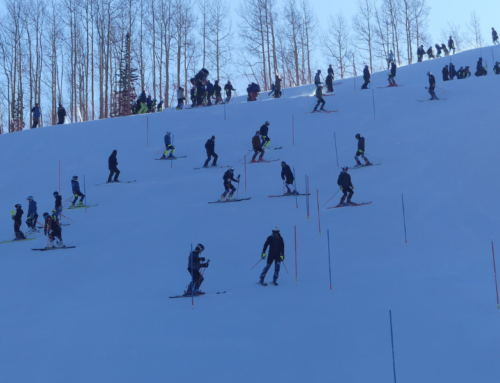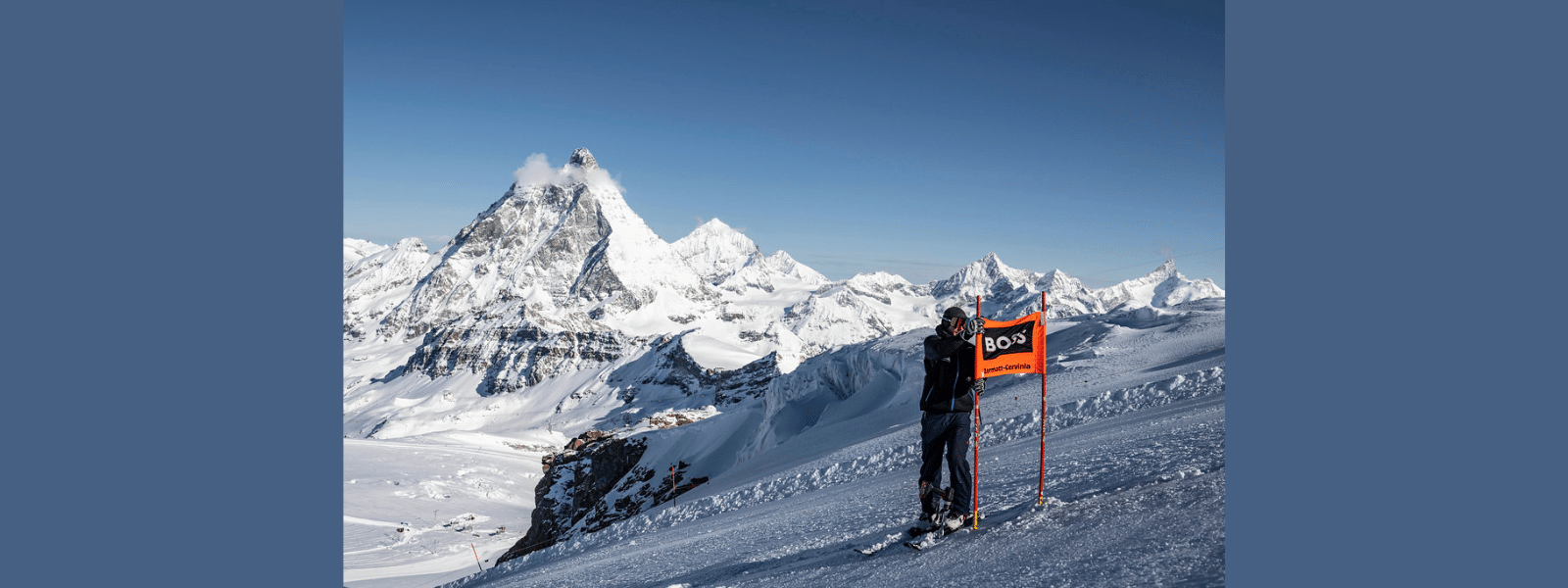Marolt: Don't bet the house, but maybe the car for women jumpers in 2010
Marolt: Don’t bet the house, but maybe “the car” for women jumpers in 2010{mosimage}PARK CITY, Utah – It’s the third annual international women’s ski jumping contest in the hottest part of summer on the 2002 Olympic jumps. But this time, it’s different.
This time, the press showed up. So did USSA officials. There was a crowd, even a rock band.
There was something else — an air of excitement, a kind of adrenaline rush to the event. But there is also an air of wariness, of waiting. Because now, these women are so close to the Olympics, you can almost smell the gold.
“I think there’s an elevated level of excitement because women jumpers are recognized by the FIS now and have a place in the ski-jumping World Championships,” said Bill Marolt, president and CEO of USSA.
Like everyone else, he hedged on whether Olympic inclusion is a done deal.
“I think they’re good, a 90 percent chance. I wouldn’t bet the house on it, but I would bet the car,” he said.
Former Salt Lake City Mayor Deedee Corradini, who has used her extensive contacts to be a major fundraiser for women’s ski jumping over the last several years, also refused to say that women are in for 2010.
When it comes to the final vote by the IOC, she said, “I think you have to go in with the attitude that this is the right thing to do, that these women are ready. That’s what they want to hear, that the women are ready.”
Corradini went into her variation of the speech being made by USSA and other NGBs around the world: “Women’s ski jumping is the only sport that is not in the Olympics. We [USA] have five of the top 15 jumpers in the world living here in Utah. Today we’ve got 28 women jumping from eight countries around the world. Three of these women here will be on the podium in Vancouver 2010 … “
She stopped and amended her statement … “Assuming we get the vote in November.”
Alan Engen, of the historic jumping Engens, saidthe women are ready. He tells of women who were jumpers back when his father, Alf, was breaking records in the 1930s.
“There were also women jumping when I was young, but not many. The hills then were designed differently. You went very, very high in the air. But now, you follow the contour of the hill. And the women jumping now jump every bit as well as the men, sometimes better,” Engen said.
One of the few male jumpers at the start was Nick Hendrickson of Park City. The 15-year-old hopes to make the U.S. team. He said that forejumping for the women is a lot different than forejumping for the men.
“The field is a lot smaller, for one thing. There’s isn’t a lot of testosterone, but you could say there’s a lot of estrogen at the start. But they are nicer to each other than the men are while they are waiting to jump. They also get a lot more speed on the in-run than the men do,” Hendrickson said.
The youngest jumper was 14-year old Avery Ardovino, who finished 18th on Friday. She, like all the other women jumpers from Park City, is a legacy of the 2002 facilities that allowed them to begin their careers while still in elementary school. Ardovino plans on making that Olympic podium, perhaps as soon as 2010.
“I’m serious enough to stick around,” she said. Like many athletes, she tells of her plans for the Olympics. “My goal is to be on the podium in 2010, the week of my 18th birthday.”
She tried to hide her disappointment over the biggest variable in ski jumping, the wind.
“I was 13th in the first round. The second round wasn’t as good. I didn’t have a very good wind. I didn’t have any wind at all. I’m going to do better tomorrow,” she said.
But her mother, beaming with pride, said, “She didn’t do bad for a 14-year-old.”
The youth of this crop of women jumpers shows that the current field will be around for some time to come.
Friday’s winner, Juliane Seyfahrt of Germany, competed in the first Continental Cup three years ago, when she was only 13.
“I did not do so good then. I did not expect to win today, because I do not jump good in the summer, only in the winter,” she said.
She is not taking anything for granted. “The Americans are big competition. So I will have to do good jumping,” Seyfahrt said.
Despite the fact that half the field did not have any wind for their second round, few are stressed about this contest.
“It doesn’t matter that much, because it’s the first competition of the year,” said American Alissa Johnson.
On the eve of Olympic inclusion, it could be said that this weekend is the first competition of the rest of women’s ski jumping’s competitive life.





















